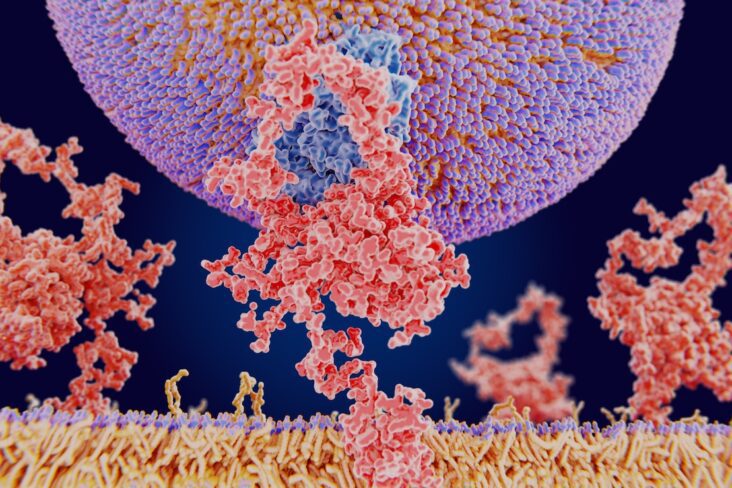
While predicting a heart attack with absolute certainty may still be beyond our reach, the ability to identify patients at high risk is a significant step forward. The latest techniques used to find people at risk are summarised in a related article.
Once a person’s risk of future heart attack has been assessed as ‘high risk’, several strategies can be employed to reduce that risk.
The first step is to investigate all modifiable underlying causes. Increasingly this requires a mixture of blood tests and continuous glucose monitoring- which we offer as part of our metabolic health assessment.
Once we have the assessment in place most cardiologists would recommend following a prevention plan that includes:
- Lifestyle Changes: One of the most effective ways to prevent a heart attack is through lifestyle modifications. This includes adopting a heart-healthy diet, rich in fruits, vegetables, whole grains, and lean proteins, and low in saturated fats, trans fats, and cholesterol. Regular physical activity is also crucial, as it helps to maintain a healthy weight, reduce blood pressure, and improve overall cardiovascular health.
- Medications: For individuals with high cholesterol, high blood pressure, or other risk factors, medications can play a key role in reducing the risk of a heart attack. Statins, for example, are commonly prescribed to lower cholesterol levels and stabilise plaques in the arteries. Antiplatelet drugs, such as aspirin, can help prevent the formation of blood clots, while medications to control blood pressure can reduce the strain on the heart.
- Regular Monitoring: For those identified as being at high risk, regular monitoring of heart health is essential. This might include periodic check-ups with a cardiologist to adjust treatment plans as needed.
- Advanced Interventions: In some cases, more advanced interventions may be necessary. This could include procedures such as angioplasty, where a balloon is used to open up a blocked artery, or the placement of a stent to keep the artery open. In severe cases, coronary artery bypass surgery may be required to restore blood flow to the heart.
The Future of Heart Attack Prevention
By identifying individuals at high risk and providing them with personalised treatment plans, a proactive approach can significantly reduce the incidence of heart attacks and improve outcomes for millions of people. While we may never be able to predict a heart attack with the same certainty as we predict the weather, the ability to assess and mitigate risk is a powerful tool in the fight against heart disease.
Related Stories




